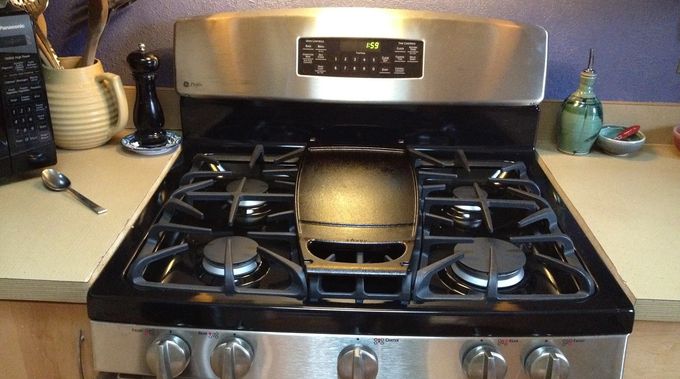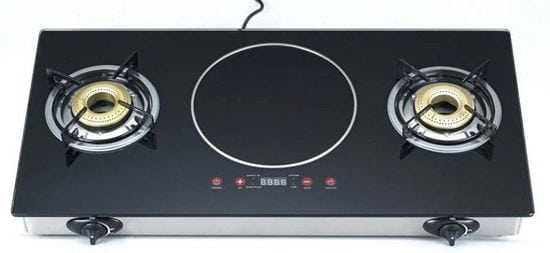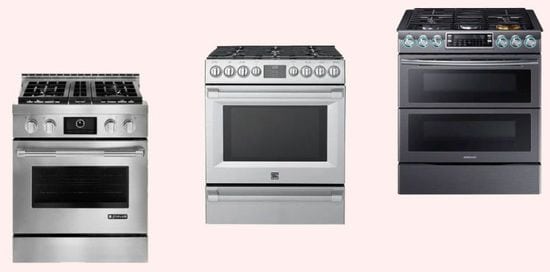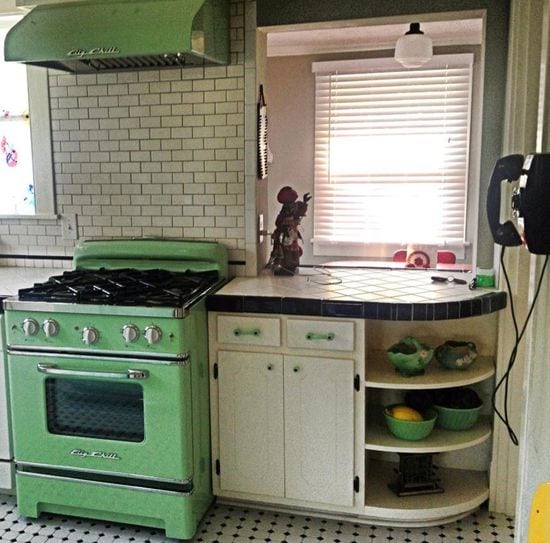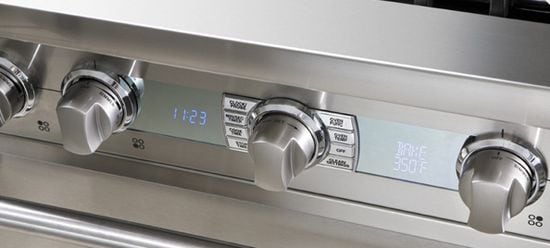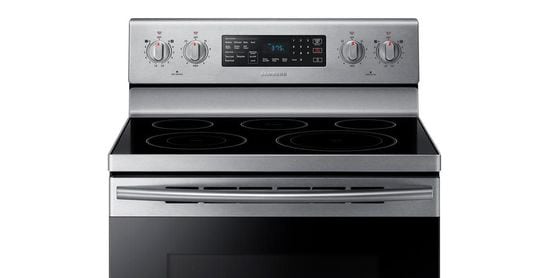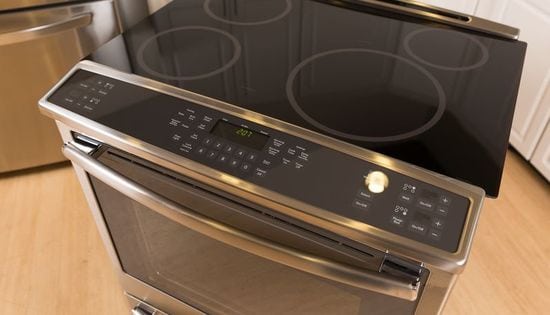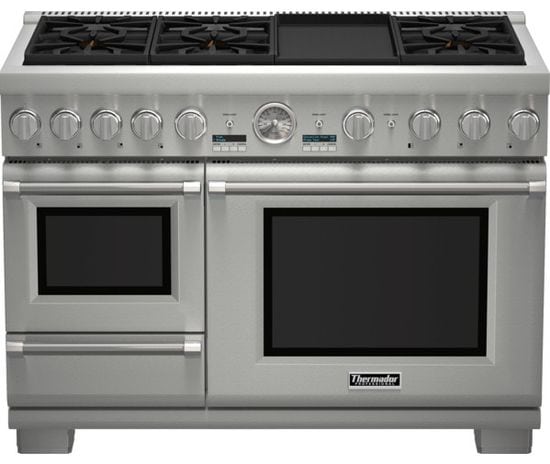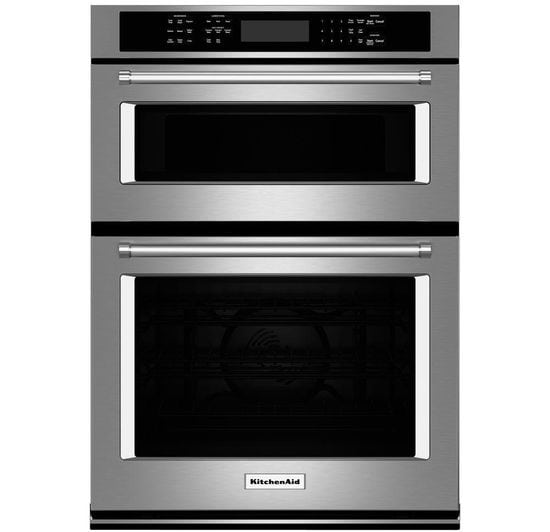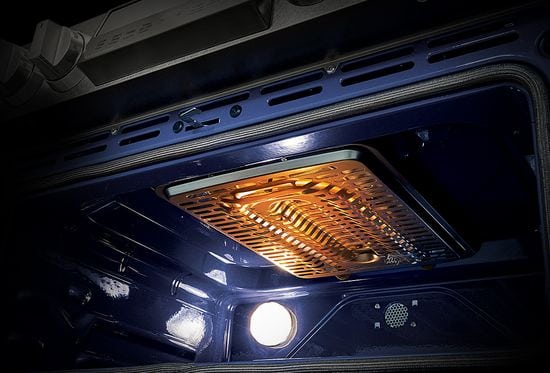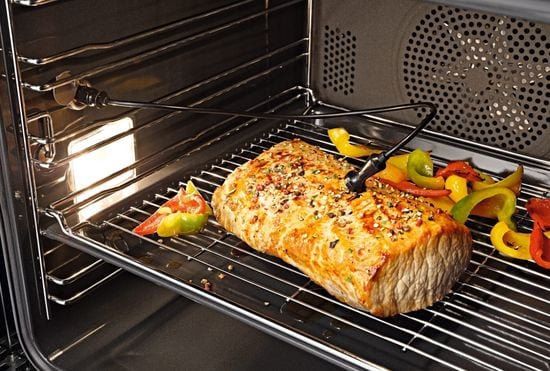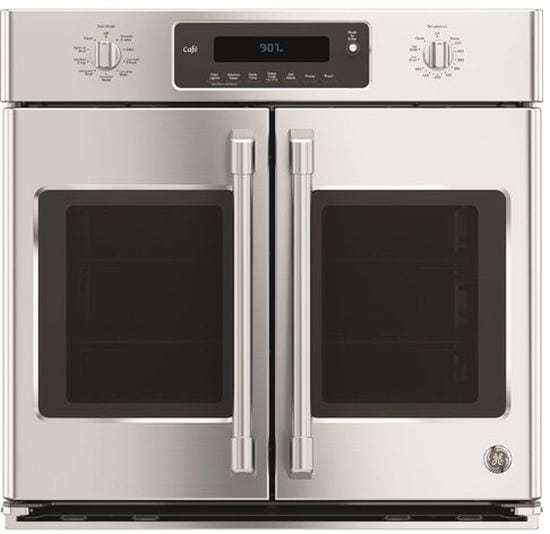For a long time, kitchen ranges are one of the main attributes of kitchen. Of course, stably high demand stimulates companies to constantly upgrade their models by actively using innovation and new technologies. Unfortunately, new terms in technical instructions and advertising sometimes complicates the choice. Therefore, even simplified classification of modern models can partially solve this problem.
Types
As known, modern models use gas or electricity. Besides, they can be manufactured as freestanding or with wall ovens. Usually, these range stove have single control system.
Freestanding models are often called cooktops or hobs. At the same time, the market offers a large number of combined cooktops simultaneously with gas and electric burners. Most often, they use several traditional gas burners and an induction electric burner.
Of course, such a solution essentially extends their universality.
Cooktop has own control system and easily fits into the interior of almost any kitchen.
Design
Usually, the design of most modern models corresponds to the traditional style. Companies offer a wide range of models in this style, simplifying the choice of optimal design for any kitchen interior.
For example, today models in retro style use a characteristic design in the old style.
Of course, the functionality of these models meet all modern requirements.
Controls
Modern models use the following controls.
Rotary switches.
Control with the help of traditional rotary knobs provides simplicity and reliability.
Rotary switches are very popular and often found in the models of all price segments due to the specifics of kitchen ranges. Rotary knobs provide the same reliability for mechanical and electronic control and are convenient for controlling basic and additional functions. But modern models with rotary switches often additionally use electronic or touch buttons.
Push-button switches.
Electronic push-button control use the complex schemes for control with a wide range of additional functions. But these controls sometimes causes psychological discomfort for some users. Therefore, companies rarely use them in modern models.
Rotary switches with buttons.
The combination of two controls unites their advantages, providing the selection of optimal control for each function. Therefore, this option is most common.
Sensory controls.
They provide programming for different modes in the models of average and top price segment. But modern models most often have combo controls.
Switches recessed in the panel.
These switches are recessed in a control panel, providing a strict stylish design. Moreover, sensory switchs recessed in the panel practically do not have protruding elements, significantly simplifying cleaning the surface.
Additional options
Additional chamber.
Some models have an additional chamber. Usually, its functionality is usually much smaller compared to main chamber. The second chamber provides simultaneous cooking the two different dishe, for example, frying meat in one chamber and baking a cake in an additional chamber. Of course, it saves time but increases the size and price of the device.
Some models support the additional function of a microwave oven and can use several different modes. For example, they provide the modes of microwave and grill. Of course, they cost is significantly higher compared to the traditional models.
Steaming.
Modern models often have this very popular mode.
Cleaning.
Cleaning the inside of the oven is time-consuming. Therefore, manufacturers use various innovative solutions to simplify this task. Modern models use catalytic, steam or pyrolytic cleaning.
Catalytic cleaning uses a special coating. This material accelerates the process of fat decomposition to simple elements.
Steam cleaning uses hot steam that acts on fats, dirt and food waste on the chamber surface. These models often have a special steam generator. Today, this method is the most effective and popular.
Unfortunately, the cost of models with most innovative pyrolytic cleaning significantly exceeds the cost of traditional ovens. They burn fats, dirt and food waste in the chamber at a temperature of about 500 degrees during few hours.
Main functionality
Gas control.
Thermoelectric system prevents gas leakage. It automatically stops gas supply in the absence of a flame on the gas burner. System operation uses a thermocouple for control of the presence / absence of flame and the gas lock mechanism.
Electric ignition.
The system provides convenient burner ignition without help of matches or lighters. Electric system uses mechanical or automatic ignition. Mechanical ignition contains a special button that should be pressed during turning the power regulator. Automatic ignition simultaneously provides the gas supply and forming the discharge for its ignition. Accordingly, ignition of gas automatically occurs at the time of its supply.
Automatic shutdown.
This function provides automatic shutdown of the oven after a specified time.
Thermostat.
This device supports a predetermined temperature.
Additional functionality
Grill and skewer.
This function uses special heating element in the upper part that generates infrared heat radiation. Grill is designed to browning of meat surface and is well suited for cooking the sausages, ribs or bacon. The mode also is ideal for small and average meat pieces.
Convection cooking
This method of heat treatment uses the hot air circulation around the food during cooking. Air temperature varies from 150 to 250 degrees. Convection greatly shortens cooking time and provides uniform heating over the entire surface.
Timer.
Timer is one of the basic controls and is designed for programming the cooking process. Modern models use mechanical and electronic timers. Mechanical timer is rotated manually in accordance to timeline. The end of the set time is accompanied by a beep. Electronic timer provides a mode of delayed start and automatic shutdown. Of course, electronic models are more functional.
Protection.
Protection prevents premature opening the door during cooking.
Pipe probe.
Some expensive models have a built-in pipe probe for control of temperature inside food.
Of course, this is very convenient to control the dishes readiness.
Programming recipes.
This function is designed to create customized automatic programs based on personal preferences and tastes.
Automatic programs.
A wide range of installed programs significantly simplifies the preparation of many popular dishes in automatic mode. These programs provide temperature control, switching the modes, shutdown, etc. The number of automatic programs in some modern models equals a few dozen.
Design features
Fat filter.
This filter delays fat particles in the air duct of the oven and prevents them from entering the kitchen. Some models have self-cleaning filter.
Guides for trays.
Many modern models support this convenient technology that uses the telescopic guides for easy and safe removing the tray. This mechanism is automatically triggered when opening the door.
Opening the door.
Modern models use several ways of opening the door.
For example, the traditional method envisages opening downward.
An elevator system provides shifting the door down with the help of special guides. Usually, these models look very modern.
Door in some models opens to the side, for example, as in hanging lockers or refrigerators.
Of course, this design is very original, but has obvious disadvantages. For example, the baking tray can be removed only in the case of fully opened door.
Auto door closer.
As known, this mechanism ensures tight closing and easy opening the door. Auto door closer provides smooth opening or closing the door after reaching a certain point. Usually, system performs two functions, eliminating risk of burns and increasing the service life due to lack of blows during closing the door.
Glass in door.
Typically, the manufacturers use in door from one to three layers of glass for improvement of thermal insulation.
Energy efficiency class and power consumption
As known, A, B and C classes correspond to the economical and very economical range. D class is intermediate. Respectively, E, F and G classes correspond to the high electricity consumption.
Of course, power consumption affects the requirements for electrical wiring that must match to the power consumption.
Moreover, some modern models of the upper price segment support WiFi control. Video demonstrates such Samsung model.
